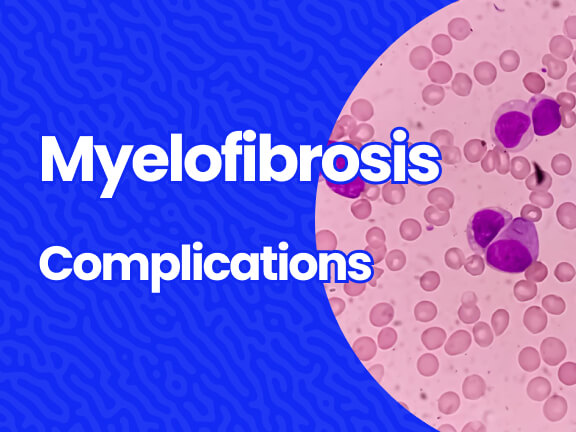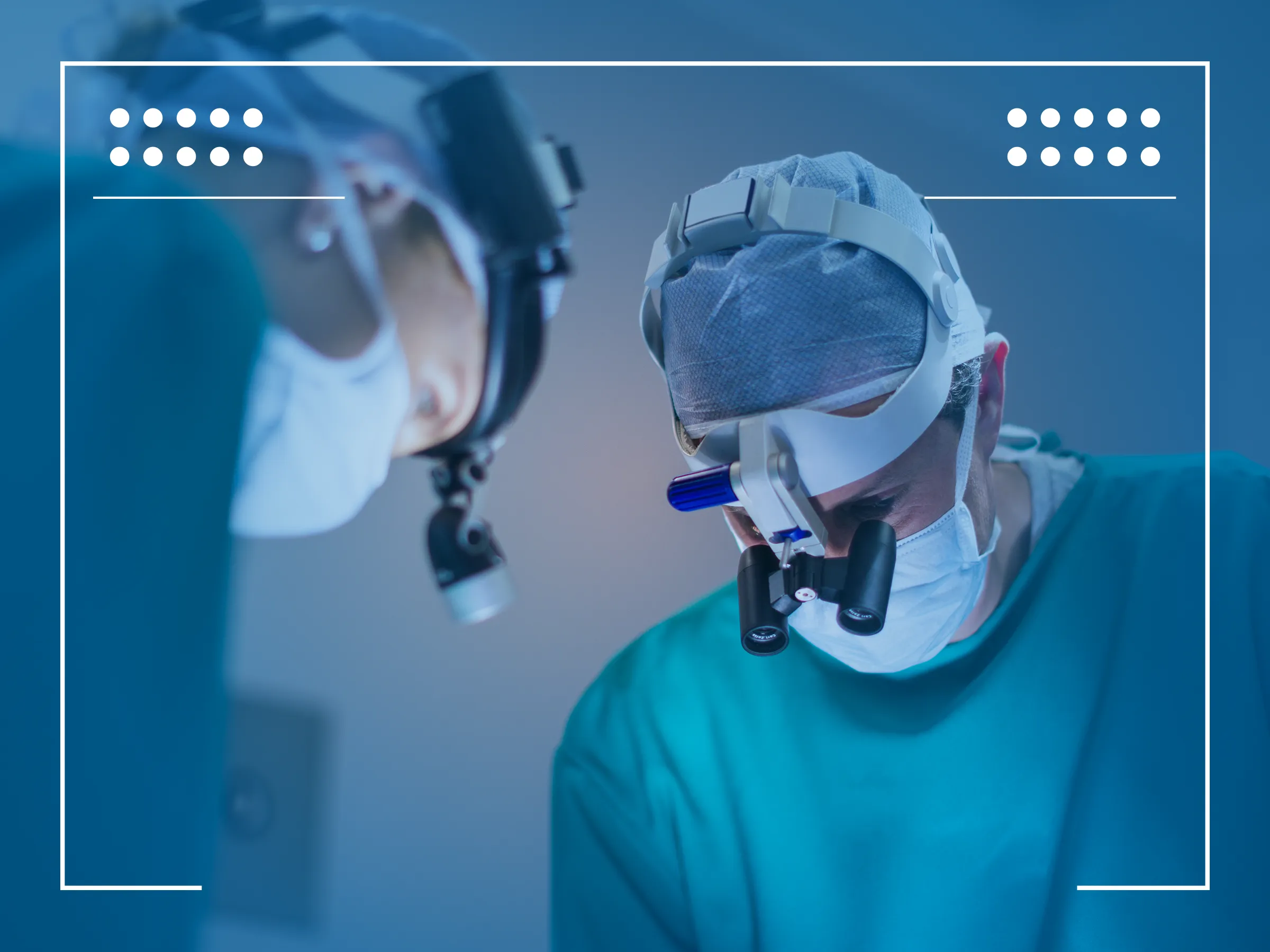Myelofibrosis Complications
Myelofibrosis is part of a group of blood diseases called myeloproliferative neoplasms (MPNs). More specifically, it is a rare disorder in which abnormal blood cells and fibers build up in the bone marrow. This disease leads to extensive scarring of the bone marrow, or fibrosis, which often causes anemia. Myelofibrosis can affect anyone; however, it is most frequently diagnosed in people older than 50. The diagnosis of primary myelofibrosis is confirmed by detecting a mutation in JAK2, CALR, or MPL. Roughly 90 percent of all myelofibrosis cases have an alteration in one of these 3 genes.
If myelofibrosis occurs on its own, it is called primary myelofibrosis. If the myelofibrosis resulted from another MPN such as essential thrombocythemia or polycythemia vera, it is referred to as secondary myelofibrosis.
According to the National Cancer Institute (NCI), complications are medical problems that occur during a disease or after a procedure or treatment. Complications are caused by the disease, procedure, treatment, or in some cases unrelated to them.
Complications from myelofibrosis patients may experience include:
- Growths in your body
- Bleeding
- Acute leukemia
- Belly and back pain
- Bone and joint pain
- Gout
Myelofibrosis is an indolent (slow-growing) disease in most cases but can be more aggressive in others. Symptoms from myelofibrosis play a large role in what treatment options, if any are needed, so it is important to report any new symptoms to your doctor. Most treatments for myelofibrosis are considered palliative care, which relieve present symptoms and improve quality of life for the patient.
Growths in Your body
Myelofibrosis causes blood cells to grow in other parts of the body such as the liver, lungs, spleen, or digestive tract instead of the bone marrow. If this persists, clumps or tumors can cause bleeding, coughing up blood, or even seizures. These growths are called extramedullary hematopoiesis.
Bleeding
As myelofibrosis progresses, the blood cell levels will decrease. The number of platelets will drop lower than normal levels, causing patients to bleed more easily. This can be a factor in future procedures or surgeries.
Acute Leukemia
Researchers do not know the exact reason that myelofibrosis can develop into acute myeloid leukemia (AML), one of the most common types of leukemia. The progression to AML happens gradually, often over several years. If left untreated, AML can be aggressive and have a less favorable prognosis than myelofibrosis. One sign of myelofibrosis becoming AML is the bone marrow consisting of at least 20 percent blast cells. Active monitoring of the blood cell counts will be needed for patients at risk of AML.
Portal Hypertension
In individuals without myelofibrosis, blood leaves the spleen through the portal vein to reach the liver. When the spleen is enlarged, the blood leaves under high pressure and can be forced into smaller veins of the stomach and esophagus. This can lead to the veins bursting and bleeding.

Belly and Back Pain
If the spleen becomes enlarged, it can press up against other organs and body parts, causing patients to feel discomfort or the feeling of fullness in the upper left area of the tummy.

Bone and Joint Pain
In healthy individuals, the bone marrow is a spongy material. The bone marrow is responsible for making the body’s blood cells. In myelofibrosis patients, the bone marrow scarring can lead to the bone marrow becoming hard. Then, the connective tissues around the bones will become inflamed causing bone pain and tenderness in the joints.
Gout
When foods such as steak, seafood, and organs are broken down, uric acid is made by the body. Increased levels of uric acid occur with myelofibrosis, causing the acid to build up and form needle-like crystals in the joints. These can cause swollen joints, sharp pain, and inflammation.
Myelofibrosis Clinical Trials
Clinical trials offer access to new, innovative myelofibrosis treatments that are not widely available but go through strict, FDA-approved regulatory processes before being approved for use. Massive Bio guides patients through the most comprehensive clinical trial matching process using our AI-Powered system. Participating in a clinical trial provides patients with new studies they would otherwise not have access to.
New drugs are continually being researched and developed for myelofibrosis. These must be shown to be safe and effective before doctors can prescribe them to patients. Following a strict protocol and using carefully controlled conditions, researchers evaluate the investigational drugs under development and measure the ability of the new drug to treat myelofibrosis, its safety, and any possible side effects.
If you’ve been diagnosed with any of the following myeloproliferative neoplasm (MPNs), we’re here to help. You can start searching for clinical trials by filling out a quick assessment and then a patient relations coordinator can guide you through the process on our website.
- Primary Myelofibrosis (also known as chronic idiopathic myelofibrosis)
- Chronic Myelogenous Leukemia
- Essential Thrombocythemia (ET)
- Chronic Neutrophilic Leukemia
- Chronic Eosinophilic Leukemia
- Polycythemia Vera Treatment (PV)
If you don’t know which type of MPN you have that’s okay. Additional testing can help you determine your exact diagnosis.
To learn more about Myelofibrosis, read our ultimate guide: Myelofibrosis Ultimate Guide
Sources:












